Recently, there have been many articles responding to the installation needs from everyone, and some friends in the background have also indicated that there are still many peripheral and network-related issues. They hope that I can provide some reference opinions. In terms of networking, the most frequently received keyword in the automatic message system is “router.” Today, let’s discuss some key points and suggestions for selecting entry-level routers.
Under 100 yuan: There are still dual-band products available
Since the chip shortage due to the pandemic, it has honestly affected the router field as well, with price increases occurring even for the lowest-end router chips.
At this price point, there are still many models under 100 yuan that support the 802.11ac 5G WiFi5 frequency band. Brands like Xiaomi, TP-Link, Mercury, and Tenda still have considerable sales. These machines are still usable; for instance, for rental apartments or student dorms where the landlord or school provides broadband under 100Mbps, a basic router is sufficient. Alternatively, if you have a family broadband plan provided to the elderly, you can buy a router for a few dozen yuan for them to use their old phones to browse Douyin.
For under 100 yuan, I recommend the Xiaomi Router 4A. Although it has a 100Mbps WAN port, it is at least an AC1200 level dual-band 5G machine with 4 antennas and practical features like anti-leeching through the Xiaomi MiWiFi app. The signal strength and device capacity are adequate, and at the time of publication, it costs 89 yuan; what more could you want?
By the way, this router has a little surprise; please check out the computer report on a certain video platform, hehe.
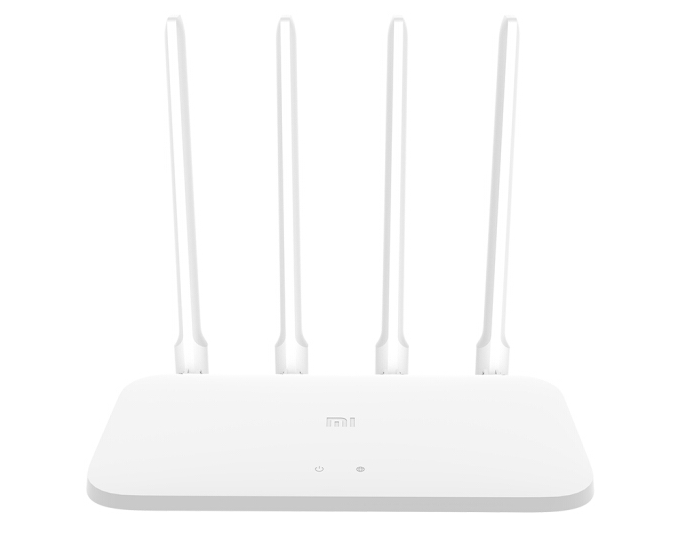
The Xiaomi Router 4A is one of the rare products under 100 yuan that supports AC1200 dual-band among mainstream brands.
If you prefer products from traditional manufacturers, you can consider the classic TP-LINK TL-WR842N. This model has existed for many years and has been continuously updated. Overall, it remains quite stable and is suitable for the scenarios mentioned. Its biggest drawback is that it only supports 300M bandwidth and is a relatively mature 802.11n product.
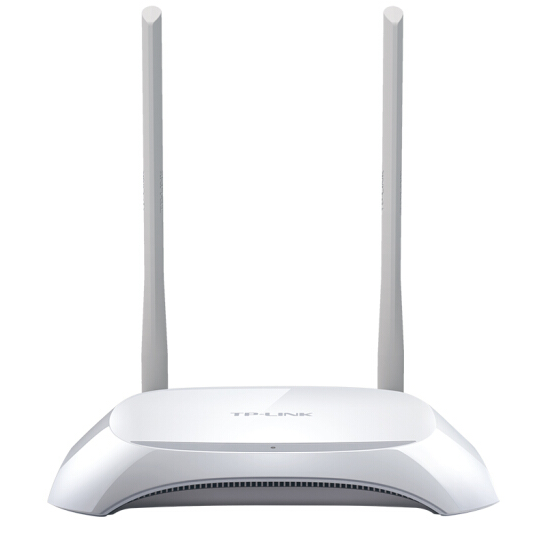
TL-WR842N, a classic that endures, has gone from 150 yuan+ back in the day to now being available for 80 yuan.
Under 200 yuan for WiFi6: Check out second-hand options on Xianyu
This need corresponds to many friends who are keen on changing their phones. They may have a router at home that is older than the TL-WR842N, possibly a 54Mbps product, but after upgrading to a Xiaomi 10 or iPhone 12, using an outdated and unstable 2.4GHz and 54Mbps will not be able to utilize the currently popular 100Mbps broadband and WiFi6 performance, necessitating an upgrade.
However, if all the money is spent on a new phone, they would want to save on the WiFi6 router.
For a budget of 200 yuan for WiFi6, consider looking at second-hand options on Xianyu. There are plenty of operator-customized WiFi6 machines waiting for you to discover, and you can enjoy the thrill of bargaining.
Here, I recommend the Tianyi TY300/301/400 series (with the TY300 being the most common on the market and the 301 being the highest configuration). The TY300 can be considered a star product on Xianyu, as it is the cheapest WiFi6 router that also supports Mesh. Although it only has AC1500 capabilities, it uses the Broadcom BCM6750 solution and has four independent RF FEM amplifier chips, so the signal is also good. The 2.4G speed is only 300Mbps, but the 5G speed reaches 1201Mbps, and both bands have 2×2 MIMO, so it performs reasonably well under slightly heavier loads, though it clearly cannot support a 160MHz bandwidth.
As for Mesh, this is the authentic WiFi6 feature; two identical TY300 series machines can indeed form a mesh network. If you are using a 100Mbps broadband purely for mobile WiFi6, and just need coverage without additional requirements, this operator’s WiFi6 router priced around 70-90 yuan can be considered.

When purchasing second-hand operator WiFi6 routers, be sure to consider fraud prevention. Do you have the anti-fraud center app installed?
Other similar second-hand operator WiFi6 routers under 200 yuan, like the Xiaomi CR660X series (with configurations similar to the older Redmi AC2100 and even upgraded to WiFi6), are also good choices.
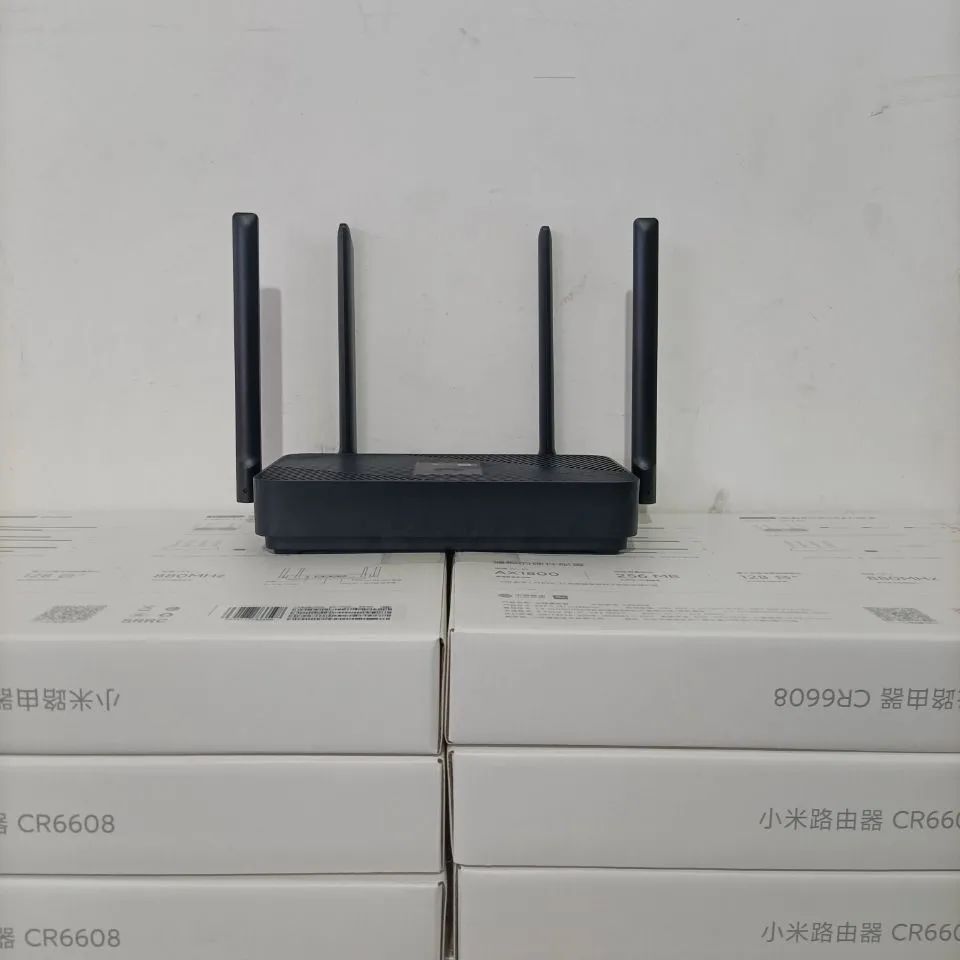
The Xiaomi CR660X series machines in the second-hand market generally range from 130 to 150 yuan, making them a good WiFi6 option under 200 yuan.
200 to 300 yuan: Many high cost-performance entry-level WiFi6 options
If you can afford to spend 300 yuan, then your options expand significantly, and you can step into the full-fledged WiFi6 realm.
At the 300 yuan price point, consider the TP-LINK XDR3010, priced at 299 yuan (often discounted by 30-50 yuan during holiday promotions). You will receive AX3000 level WiFi6 speeds, with 4 WAN/LAN customizable gigabit ports that can be set up as dual WAN for link aggregation exceeding 1Gbps or customized for IPTV or gaming. It has four FEM amplifier chips, providing excellent signal performance among similar price points, and a high backplane bandwidth of 2.5Gbps, so you won’t fear heavy device loads or multiple machines downloading large files simultaneously. It also supports WiFi6 technologies such as 160MHz bandwidth, OFDMA, and MU-MIMO. As for Mesh networking, it supports AP, repeater, and router modes, making it very flexible.
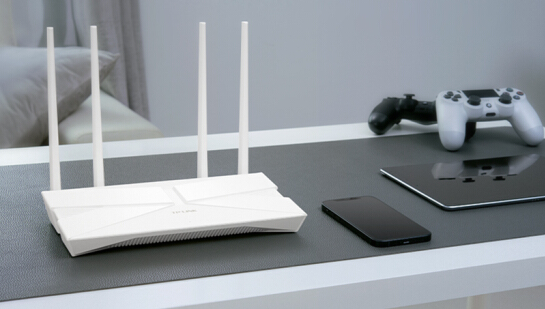
The XDR3010 also has excellent mobile compatibility.
In this price range, a competitor is the Xiaomi Redmi AX6S. This AX3200 level product with the MTK7622B solution has a 5G speed of 2402Mbps and a 2.4G speed of 800Mbps. With MU-MIMO (4×4 MIMO for both 2.4G and 5G bands, better than the previously popular Xiaomi AX3600, which boasted “8 data streams”), along with OFDMA and beamforming technology, it also supports Mesh, and both 2.4G and 5G chips have built-in FEM amplifier chips, ensuring good signal quality. Coupled with the strong MiWiFi app support and built-in UU accelerator, it is also suitable for mobile gamers. Compared to the XDR3010, its only drawback might be port flexibility, as it still uses the traditional 1WAN + 3LAN port configuration. So choosing between them is a matter of personal preference.
However, it is still a very cost-effective device, as similar configurations from TP-LINK XDR3050 and Ruijie X32 currently exceed 300 yuan.
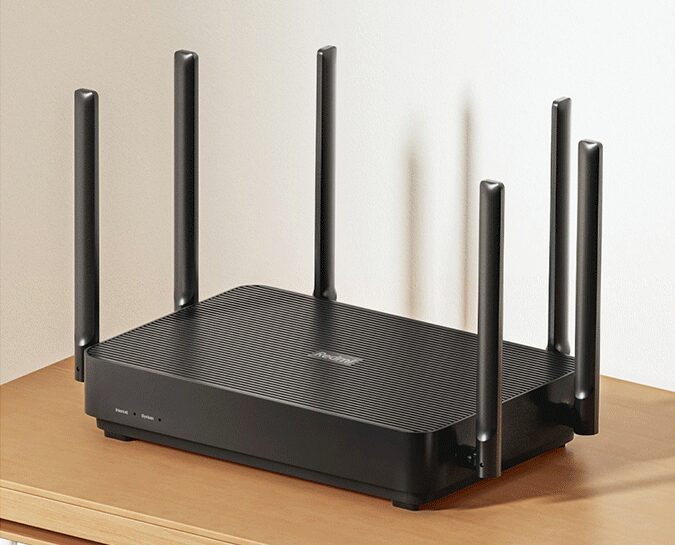
Aside from slightly less port definition, the performance and functionality of the Redmi AX6S are comparable to the XDR3010.
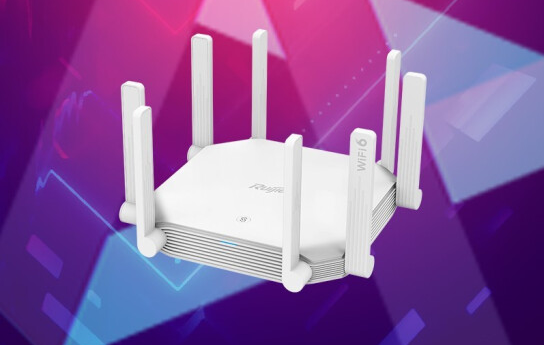
The Ruijie Starry X32, reminiscent of the octopus-style design from years past, has been priced above 300 yuan since the chip shortage. If it drops to 300 yuan or below during a sale, it could be a good option.
If you feel that spending 300 yuan is a bit extravagant, consider the AX1800 level TP-LINK XDR1860, the 239 yuan Redmi AX1800, or the 229 yuan Mercury X18G, which will allow you to enjoy the new WiFi6 Mesh routers from mainstream brands. They are also suitable for Mesh networking with other machines from the same brand. In the same price range and performance level, there is also the Xiaomi Redmi AX1800, but it is currently difficult to find; I wonder if it has been discontinued?
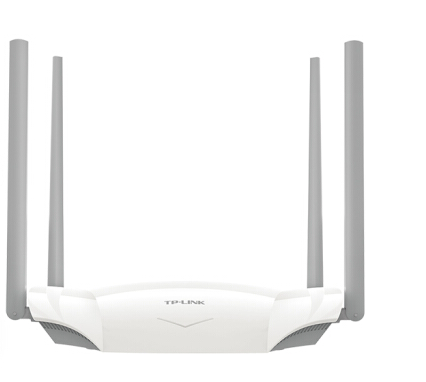
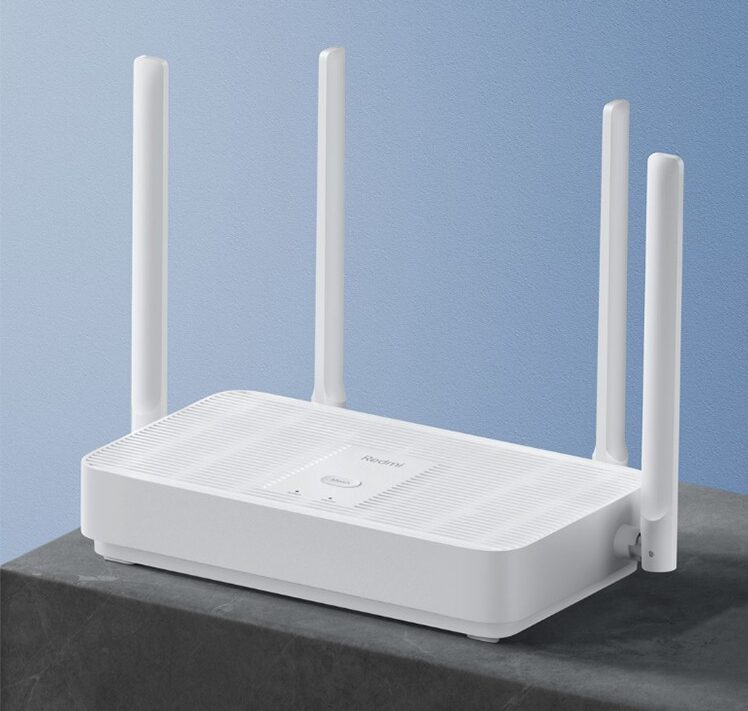
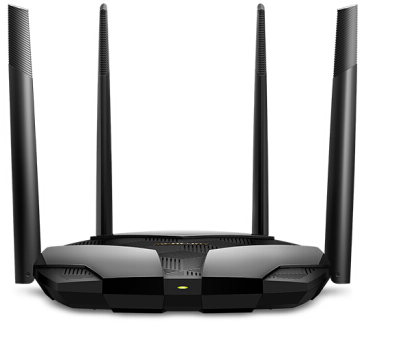
Whether it’s TP-LINK’s XDR1860, Xiaomi’s Redmi AX1800, or Mercury’s X18G, they all face stiff competition from AX3000 level products, which have significantly better core performance metrics, making it challenging for them to survive, as they are only slightly cheaper.
Here, I have shared my thoughts and recommendations for entry-level routers under 300 yuan. Once you go over 300 yuan, the options become vast, with products ranging from 300 to 3000 yuan, each with unique features and selling points. Interested readers, please stay tuned for our follow-up articles!
Previous Content Recommendations
Zotac RTX 3080 12GB Graphics Card First Review
What Makes OLED So Good?
A Look at the HANGKAI GX580H Water Cooling Version
·END·